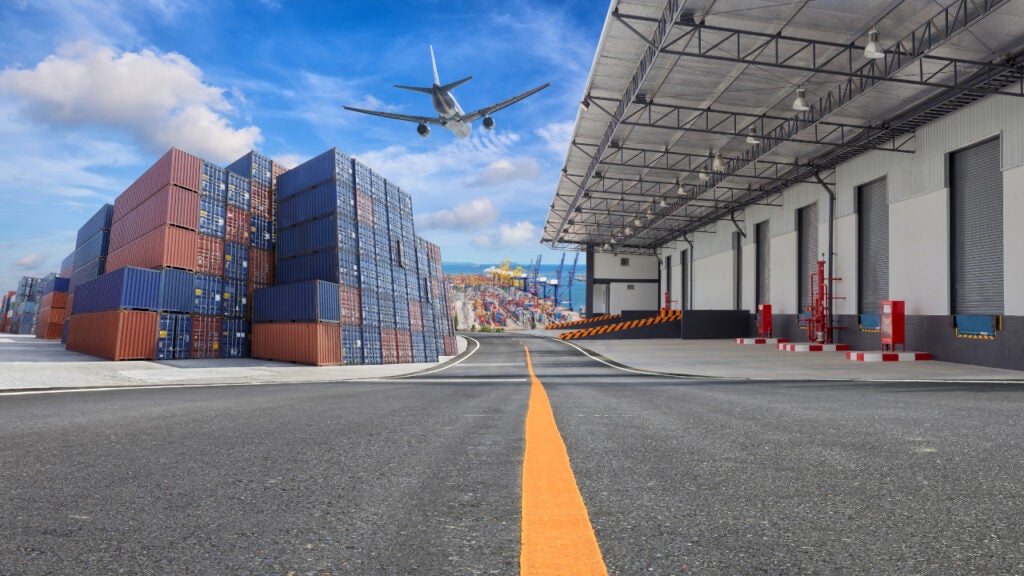The aerospace and defence industry continues to be a hotbed of innovation, with activity driven by the uptake of advanced technology, and growing importance of technologies such as hypersonics and advanced materials. In the last three years alone, there have been over 174,000 patents filed and granted in the aerospace and defence industry, according to GlobalData’s report on Innovation in Aerospace, Defence & Security: Energy efficient aircraft air conditioning.
However, not all innovations are equal and nor do they follow a constant upward trend. Instead, their evolution takes the form of an S-shaped curve that reflects their typical lifecycle from early emergence to accelerating adoption, before finally stabilising and reaching maturity.
Identifying where a particular innovation is on this journey, especially those that are in the emerging and accelerating stages, is essential for understanding their current level of adoption and the likely future trajectory and impact they will have.
180+ innovations will shape the aerospace and defence industry
According to GlobalData’s Technology Foresights, which plots the S-curve for the aerospace and defence industry using innovation intensity models built on over 262,000 patents, there are 180+ innovation areas that will shape the future of the industry.
Within the emerging innovation stage, bonded fibre laminates, thermoplastic elastomer laminates, and vibration supression devices are disruptive technologies that are in the early stages of application and should be tracked closely. Centrifugal fan impellers, ceramic composite laminates, and gas turbine engine testing are some of the accelerating innovation areas, where adoption has been steadily increasing. Among maturing innovation areas are protective blade coatings and blade alloy welding, which are now well established in the industry.
Innovation S-curve for the aerospace and defence industry

Energy-efficient aircraft air conditioning is a key innovation area in aerospace and defence
Air conditioning, particularly for commercial aircraft, is a power-hungry part of aviation. More energy efficient products can drive down costs for users.
GlobalData’s analysis also uncovers the companies at the forefront of each innovation area and assesses the potential reach and impact of their patenting activity across different applications and geographies. According to GlobalData, there are 20+ companies, spanning technology vendors, established aerospace and defence companies, and up-and-coming start-ups engaged in the development and application of energy-efficient aircraft air conditioning.
Key players in energy-efficient aircraft air conditioning – a disruptive innovation in the aerospace and defence industry
‘Application diversity’ measures the number of different applications identified for each relevant patent and broadly splits companies into either ‘niche’ or ‘diversified’ innovators.
‘Geographic reach’ refers to the number of different countries each relevant patent is registered in and reflects the breadth of geographic application intended, ranging from ‘global’ to ‘local’.
Raytheon is the largest patent filer in energy-efficient aircraft air conditioning by a small margin. The company has filed patents for the use of energy-efficient air conditioning for use across a variety of aircraft. Boeing and Airbus are the second and third leading patent filers respectively, with the companies attempting to create more efficient aircraft. More efficiencies in commercial aircraft provide cost saving for customers, and given the relatively high power consumption of aircraft they can be significant. Other key patent filers in this industry include Safran, Honeywell and Rolls-Royce.
In terms of application diversity Alakai Technologies is top, followed by Astronics and Rolls-Royce. By geographic reach IAI is top followed by Astronics and Kawasaki Heavy Industries.
Energy efficiency in aviation is a significant sector because of its potential cost saving measures, and significantly more innovation is expected in the sector in coming years.
To further understand the key themes and technologies disrupting the aerospace and defence industry, access GlobalData’s latest thematic research report on Defence.




